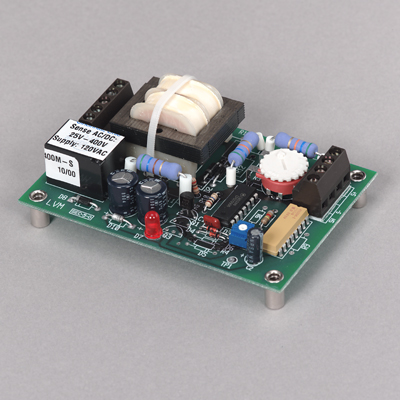
Items that stack to a max of 16 ( snowballs, signs, ender pearls, etc.), contribute +4 to the full-stack-equivalent for each unity (count of 1 item). One may also consider the terms: c umulative-weight or weighted-sum instead of full-stack-equivalent. The 's' is a constant 64, with the additional amount needed following after. A full-stack-equivalent quantifies how many normal 64-stackable items are needed to output a corresponding signal strength. The Minimum Items for Container Signal Strength table (right) shows the minimum full-stack-equivalent (FSE) to produce different signal strengths from common containers.
#Zero input delay pickaxe full
Generally speaking, the comparator output signal strength represents the average fullness of the slots, based on how many of that item form a full stack (64, 16, or 1 for non-stackable items). Minecart with Chest on top of a detector rail.Minecart with Hopper on top of a detector rail.(0 for empty, 15 for full, etc.) The table on the right is described more in detail, later in this section.Ĭontainers that can be measured by a comparator include: Output = rear × Ī redstone comparator can output a signal indicating how full a container is. The formula for calculating the output signal strength is as follows: If neither side input is greater than the rear input, the comparator outputs the same signal strength as its rear input. If either side input is greater than the rear input, the comparator output turns off. The redstone comparator has four functions: maintain signal strength, compare signal strength, subtract signal strength, and measure certain block states (primarily the fullness of containers).Ī redstone comparator with no powered sides outputs the same signal strength as its rear input.Ī redstone comparator in comparison mode (front torch down and unpowered) compares its rear input to its two side inputs. However, certain setups such as powering any input with two separate observer pulses at the same time will cause a redstone comparator to respond to 2 gametick pulses. This happens because the signal changes back to its original state before the redstone comparator checks its input states. This results in redstone comparators not usually responding to 1-tick fluctuations of power or signal strength - for example, a 1-clock input is treated as always off from the side, and always on from the rear.


Redstone comparators check their power state before their scheduled ticks update.

This applies to changing signal strengths as well as simply to turning on and off. It takes 1 redstone tick (2 game ticks, or 0.1 seconds barring lag) for signals to move through a redstone comparator, either from the rear or from the sides. The redstone comparator's front is its output. Side inputs are accepted only from redstone dust, block of redstone, redstone repeaters, other comparators, and observers in specific scenarios. The redstone comparator can take a signal strength input from its rear as well as from both sides. Up and powered (indicating the comparator is in "subtraction mode").Down and unpowered (indicating the comparator is in "comparison mode").The front torch has two states that can be toggled by using the comparator: The back torches turn on when the comparator's output is greater than zero (the arrow on top also turns red). The comparator has two miniature redstone torches at the back and one at the front. When placed, the comparator faces away from the player. The redstone comparator has a front and a back - the arrow on the top of the comparator points to the front. For more information about placement on transparent blocks, see Opacity/Placement.

In Bedrock Edition, a comparator can also be placed on walls and fences. If lava flows into a redstone comparator's space, the redstone comparator is destroyed without dropping as an item.Ī redstone comparator can be placed on the top of any opaque block with a solid full-height top surface (including upside-down slabs and upside-down stairs).


 0 kommentar(er)
0 kommentar(er)
